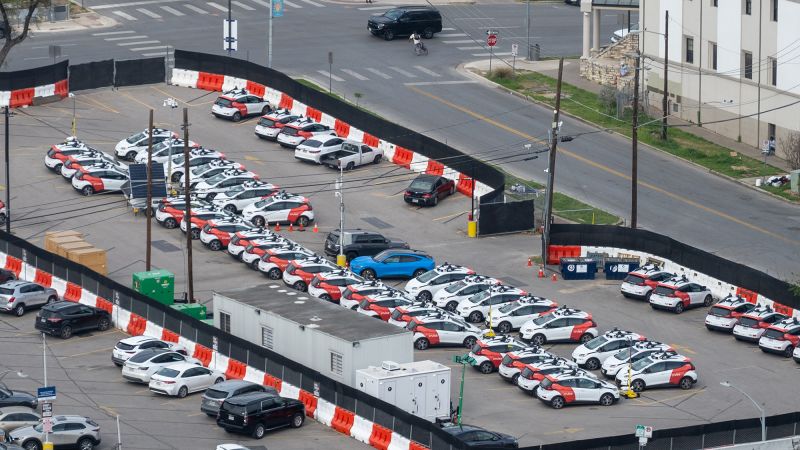General Motors announced Thursday that it is putting the brakes on its driverless cars, halting a service that provides driverless rides in multiple cities.
The move comes days after California revoked GM’s permits to test and operate fully driverless vehicles on the state’s roads.
The California DMV said the move was due in part to Cruise, GM’s self-driving vehicle technology subsidiary, withholding video and information about a crash in which a pedestrian was dragged by a Cruise vehicle after being struck first by a different hit-and-run driver.
“We have decided to proactively pause driverless operations across all of our fleets while we take time to examine our processes, systems, and tools and reflect on how we can better operate in a way that will earn public trust,” Cruise said late Thursday in a series of posts on X, formerly Twitter.
“This isn’t related to any new on-road incidents,” Cruise said. “We think it’s the right thing to do during a period when we need to be extra vigilant when it comes to risk, relentlessly focused on safety and taking steps to rebuild public trust.”
Besides operations in San Francisco that were suspended by authorities, Cruise was offering rides in driverless cars in Houston, Dallas and Austin, Texas, as well as Phoenix and Miami.
Cruise said it wil continue with “supervised AV operations,” which is its term for autonomous vehicle rides that have a human driver behind the wheel ready to take control of the vehicle should an emergency arise.
But fully driverless ride hailing services are a key to GM’s plan to eventually transform its business model, selling rides rather than vehicles to consumers and making more money off the vehicle during its operational life rather than through a straight sale soon after it is built.
GM said the driverless vehicles are safer than human-driven cars. The company has published a study claiming that it driverless cars are 65% less likely than human-driven cars to be involved in an accident and 74% less likely to be involved in a crash in which there is a meaningful risk of injury.
But there have been numerous problems with the vehicles’ operations. Earlier this month a pedestrian was critically injured underneath one of Cruise’s driverless car when after she was hit by a human-driven car, knocked into a different lane and then hit by the driverless car.
After striking the pedestrian, the Cruise vehicle, attempting to pull off the road and out of the way of traffic, dragged the pedestrian along the road for 20 feet at a speed at about seven miles an hour, according to the California DMV’s report.
The National Highway Traffic Safety Administration has announced it has launched an investigation into the safety of its driverless vehicles around pedestrians.
There have also been reports of driverless Cruise taxis in San Fransciso coming to a halt and blocking some intersections for as much as 15 minutes, causing traffic jams.
Read the full article here




